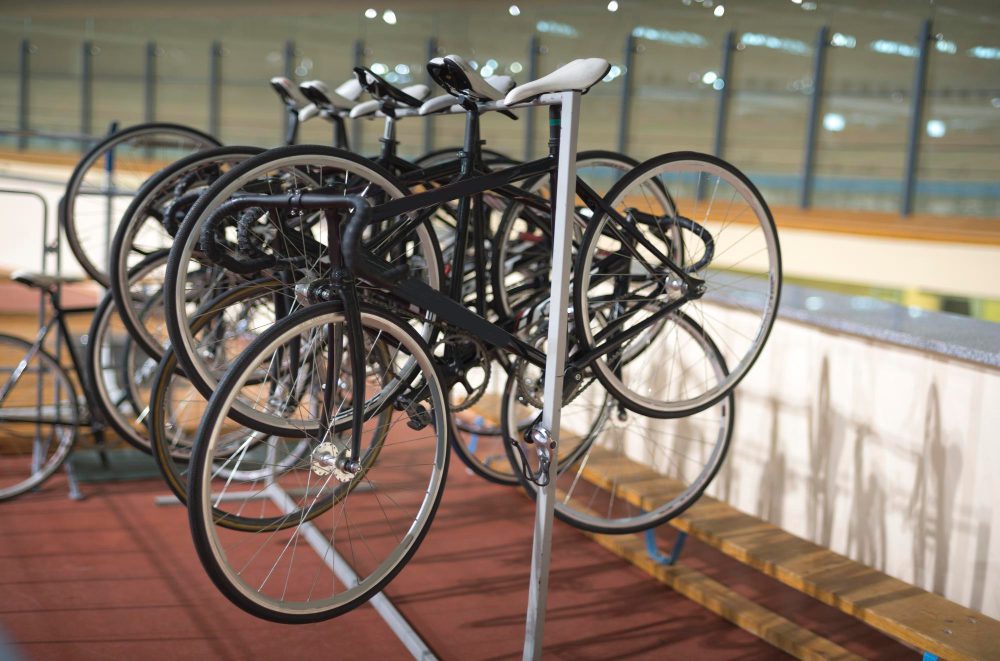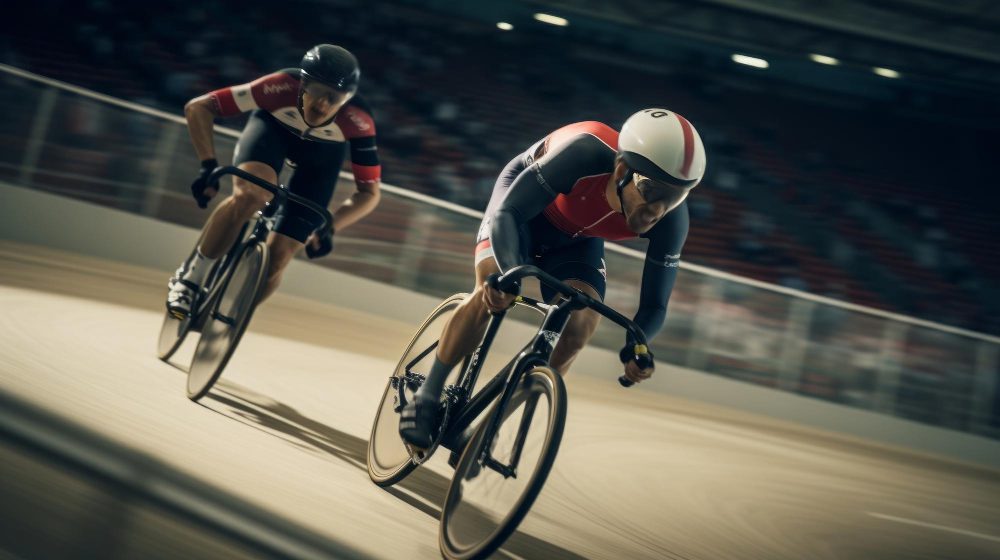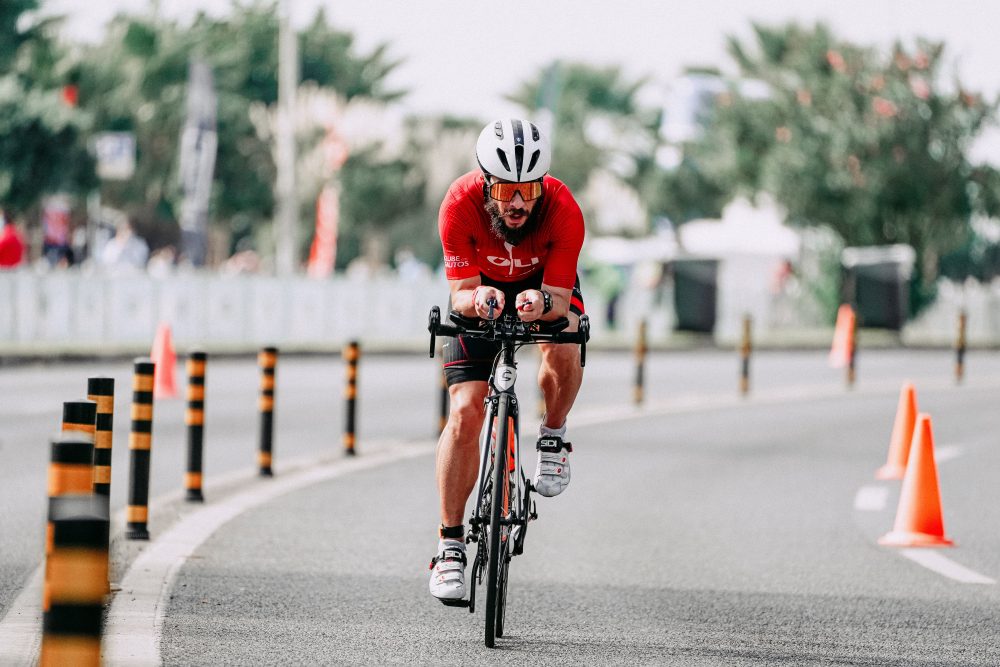What is the difference between a road bike and a track bike?
If you’re new to the world of cycling, you may have come across different types of bikes and wondered about the differences between them. Two common types of bikes that often get confused are road bikes and track bikes. While they may look similar at first glance, there are distinct characteristics that set them apart.
Design and Purpose
One of the primary differences between road bikes and track bikes lies in their design and purpose. Road bikes, as the name suggests, are designed for riding on paved roads and are commonly used for commuting, long-distance rides, and racing on the road. They are built for durability, comfort, and versatility, with features such as multiple gears, lightweight frames, and efficient braking systems.
On the other hand, track bikes, also known as fixed-gear bikes or velodrome bikes, are specifically designed for racing on an indoor or outdoor track. Unlike road bikes, track bikes have a fixed gear, meaning the pedals are directly connected to the rear wheel. This design allows for greater control, power transfer, and simplicity, making them ideal for high-speed racing on smooth tracks.
Gearing and Braking
Gearing is another significant distinction between road bikes and track bikes. Road bikes typically have multiple gears that allow riders to tackle various terrains, from steep hills to flat roads. These gears provide options for adjusting resistance and cadence, enabling cyclists to maintain a comfortable pace over long distances.
Track bikes, on the other hand, feature a single fixed gear. This means there is no freewheel mechanism, and the rider must constantly pedal as long as the bike is in motion. The lack of gears simplifies the design and reduces weight, enhancing the bike’s responsiveness and efficiency on the track. Additionally, track bikes often lack traditional braking systems, as riders control their speed through leg resistance and strategic maneuvering.
Handlebars and Riding Position
The handlebars and riding position also differ between road bikes and track bikes. Road bikes typically feature drop handlebars, which allow riders to switch between different hand positions for improved comfort during long rides. This versatile design promotes an aerodynamic riding posture while providing stability and control over varying road conditions.
Track bikes, on the other hand, commonly have bullhorn or pursuit handlebars. These handlebars offer a more aggressive riding position, with the rider leaning forward for maximum aerodynamics. The streamlined shape reduces wind resistance and allows riders to generate more power for explosive bursts of speed on the track.
In summary, road bikes and track bikes differ in terms of their design, purpose, gearing, braking, handlebars, and riding position. While road bikes are versatile and suitable for various terrains, track bikes are built for racing on smooth tracks with fixed gears and minimalistic designs. Understanding these distinctions can help you choose the right bike for your specific cycling needs, whether it’s enjoying leisurely rides on the road or pursuing adrenaline-fueled races on the track.
Is a track bike faster than a road bike?
When it comes to comparing the speed of a track bike and a road bike, there are several factors to consider. While track bikes are designed specifically for racing on velodromes, road bikes are built to handle a variety of terrains and conditions. Therefore, it is not straightforward to determine which one is faster. Let’s delve into the key aspects that differentiate these two types of bikes.
Frame Geometry
The frame geometry of a track bike is designed for optimal performance in a velodrome. It typically features a steeper seat tube angle, shorter wheelbase, and higher bottom bracket, allowing for better power transfer and maneuverability on the track. On the other hand, road bikes have a more relaxed geometry that prioritizes comfort and stability over pure speed.
Gearing
A track bike usually has a single fixed gear, meaning that the rider cannot coast or change gears. This setup enables maximum power output on a flat and smooth surface like a velodrome. Road bikes, however, are equipped with multiple gears to accommodate varying terrain and allow for efficient pedaling at different speeds.
Surface Conditions
Track bikes are designed to race on smooth, banked tracks, where aerodynamics play a significant role in speed. In contrast, road bikes need to tackle unpredictable surfaces, including hills, potholes, and uneven roads, making aerodynamics less crucial.
So, is a track bike faster than a road bike? It depends on the context. On a velodrome, where conditions cater to their aerodynamic design and gearing, track bikes can achieve impressive speeds. However, when considering real-world scenarios, road bikes offer more versatility and adaptability to different conditions, making them the preferred choice for most cyclists.
In summary, while track bikes excel in specific racing conditions, road bikes are more versatile and better suited for general cycling needs.
What is different about track cyclists bikes?
Track cycling requires specialized bicycles that differ significantly from their road counterparts. These bikes are designed for maximum speed, agility, and aerodynamics, enabling cyclists to reach astonishing speeds on the velodrome. Let’s take a closer look at some of the key differences that make track bikes unique.
Frame
The frame of a track bike is stiffer and more rigid compared to a road bike. This allows for better power transfer from the rider to the pedals, ensuring every ounce of energy is utilized efficiently. The geometry is also more aggressive, with a steeper seat tube angle and shorter wheelbase, enhancing maneuverability at high speeds.
Handlebars
Track bikes feature distinctive drop handlebars called “pursuit bars” or “bullhorns.” These handlebars provide multiple hand positions for improved control and minimize wind resistance. The absence of brake levers is notable as well, as track bikes don’t require brakes due to the fixed-gear nature of the sport.
Wheels and Tires
The wheels of track bikes are typically made of carbon fiber to reduce weight and increase stiffness. They are usually solid-disc or deep-dish designs, optimized for aerodynamics. Unlike road bikes, track bikes have narrower tires with higher tire pressures to minimize rolling resistance and maximize speed on the smooth surface of the velodrome.
Gearing
Track bikes have a single fixed-gear ratio, meaning the rear cog is directly linked to the pedals. This eliminates the need for derailleurs or gears, allowing for a more direct power transfer. Riders can control their speed by pedaling faster or slower, and they often utilize different chainrings and cogs for different events or track conditions.
Can you use track bikes on the road?
Track bikes, also known as fixed-gear bikes or fixies, have gained popularity among cycling enthusiasts in recent years. With their minimalist design and unique riding experience, many people wonder if these bikes can be used on the road. In the UK, track bikes are not specifically designed for road use and using them on public roads can present certain challenges and safety concerns.
The Mechanics of a Track Bike
A track bike is specifically designed for use on velodromes, which are oval-shaped tracks with banked corners for racing. These bikes have a fixed gear, meaning the rear wheel is directly connected to the pedals. Unlike regular road bikes, track bikes do not have brakes, gears, or freewheels, which allow riders to coast.
Can track bikes be used on the road legally?
In the UK, the law requires bicycles used on public roads to have at least one functioning brake. Since track bikes do not come equipped with brakes as standard, they do not meet the legal requirements for road use. However, it is possible to modify a track bike by adding a front brake to make it road-legal.
Safety Considerations
Riding a track bike on the road can pose safety hazards, especially if it doesn’t have brakes. Without brakes, it can be challenging to slow down or stop suddenly, increasing the risk of accidents. Additionally, the fixed gear of a track bike can take some getting used to, as riders must continuously pedal, even when going downhill.
Conclusion:
While track bikes are not designed for road use and may not meet legal requirements, with the appropriate modifications, they can be used safely on the road. Adding a front brake is essential to ensure compliance with UK law and enhance safety. However, it is important for riders to remain cautious, especially if they are not accustomed to riding a fixed-gear bike. Before taking your track bike on the road, consider your comfort level and skill as a cyclist.
Are Track Bikes Faster Than Road Bikes?
When it comes to speed, track bikes and road bikes are designed with different purposes in mind. Let’s explore whether track bikes are faster than their road counterparts.
Differences in Design
Track bikes, also known as fixed-gear bikes, are built specifically for racing on a velodrome track. They have a single gear and no brakes, which allows for maximum power transfer and efficiency. The lack of gears can limit their speed potential on hilly or uneven terrain.
Road bikes, on the other hand, are designed for versatility and performance on various types of surfaces. They typically have multiple gears, a freewheel mechanism, and brakes, making them suitable for climbing hills, navigating traffic, and comfortable long-distance rides.
Suitability for Speed
In terms of pure speed on a flat, smooth surface, track bikes have the advantage. Their aerodynamic design, lightweight frames, and rigid construction contribute to faster acceleration and higher top speeds. Additionally, the fixed gear provides a direct connection between the rider’s pedal strokes and the bike’s wheels, resulting in efficient power transfer.
However, it’s important to note that track bikes are optimized for short bursts of speed on a velodrome track, where aerodynamics play a significant role. Road bikes, with their more versatile design, may outperform track bikes on longer rides, especially when faced with inclines or variable weather conditions.
Considering Real-World Factors
In real-world scenarios, including urban environments or long-distance cycling, road bikes provide a more practical choice for most riders. Their ability to handle different terrains, accommodate gear changes, and offer better control through braking makes them suitable for a wide range of cycling activities.
“Track bikes are built for speed on the velodrome, but road bikes offer more versatility and practicality for everyday use.”
Ultimately, the answer to whether track bikes are faster than road bikes depends on the context. Track bikes shine in controlled racing environments, but road bikes excel in various real-world settings.
In Summary
If you primarily ride on velodrome tracks or prioritize pure speed over other considerations, a track bike may be the ideal choice. However, for most cyclists looking for a versatile and efficient option, a road bike is likely to offer a better balance of speed, comfort, and practicality.
Conclusion
Track bikes are purpose-built machines that prioritize speed, agility, and aerodynamics. Their rigid frames, pursuit handlebars, aerodynamic wheels, narrow tires, and fixed-gear systems all contribute to their unique characteristics. Whether you’re a professional track cyclist or just an enthusiast, riding a track bike provides a thrilling experience like no other.



